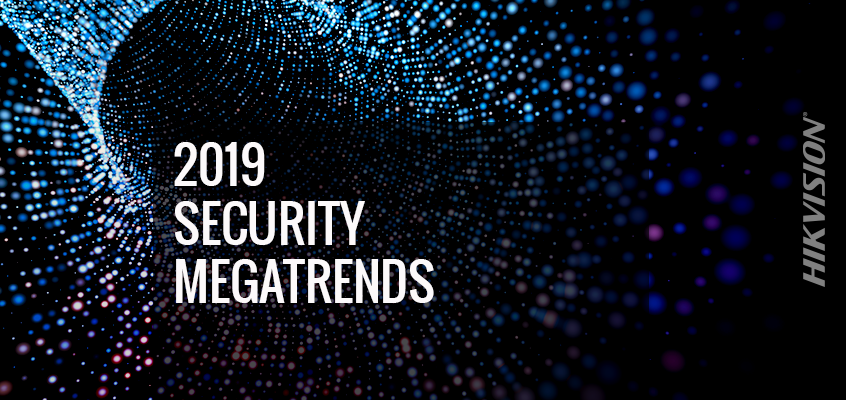SIA Announces 2019 Security Megatrends List, Cybersecurity and IoT Emerge as Leaders
Hikvision’s Cybersecurity Director Explains Connection Between IoT and Cybersecurity
The Security Industry Association (SIA) has announced the 2019 top 10 Security Megatrends, its annual list of key trends shaping the industry, which is being led by the top two trends – cybersecurity followed by IoT (Internet of things).
Top security industry leaders were surveyed in September and October of 2018 in order to compile the 2019 megatrend forecast. The report is provided annually to SIA member companies and registered attendees of Securing New Ground (SNG), SIA’s annual conference for security executives, which was held this year from Oct. 25-26, 2018 in New York City.
“Cybersecurity was identified in the 2019 report as the standout trend shaping the security industry. By nearly 30 percentage points, industry leaders said cybersecurity’s impact on physical security solutions was the most impactful trend they were expecting to face in 2019. A resounding number of respondents also called for artificial intelligence (AI) to be recognized as a megatrend, noting that AI is becoming vital to supporting the heightened volume of data produced by modern security solutions,” according to the SIA announcement.
Cybersecurity’s impact on physical security was the first megatrend, followed by number two on the list: Internet of Things (IoT) and the Big Data Effect. Other megatrends included cloud computing, AI, and workforce development, to name a few.
“Today, modern physical security solutions are comprised of IoT devices and sensors that generate high volumes of security data. Applying analytics and artificial intelligence systems makes this data more actionable and increases responsiveness for security systems users,” said Scott Schafer, SIA chairman of the board, in the article.
The 2019 Security Megatrends report will be published in November 2018, and available on the SIA website for download and/or purchase.
In an April 2018 video interview of Hikvision’s director of cybersecurity, Chuck Davis, Campus Safety magazine discussed the connection between cybersecurity best practices, and the expansion of IoT devices. In the interview, Davis said, “Video surveillance systems, just like all systems that are part of the Internet of Things (IoT), are actually computers. So we tend to forget that all of these devices that we’re connecting to our IP networks, [which are] ... adding all this great functionality to allow us to remotely monitor or control them, are actually computers. They have operating systems and they will have vulnerabilities. And so if we don’t take our proper due diligence and protect those things and really apply cybersecurity best practices, we put them at risk of being attacked …”
Click here to watch the Campus Safety interview. For more cybersecurity blogs from Hikvision, visit us online.

